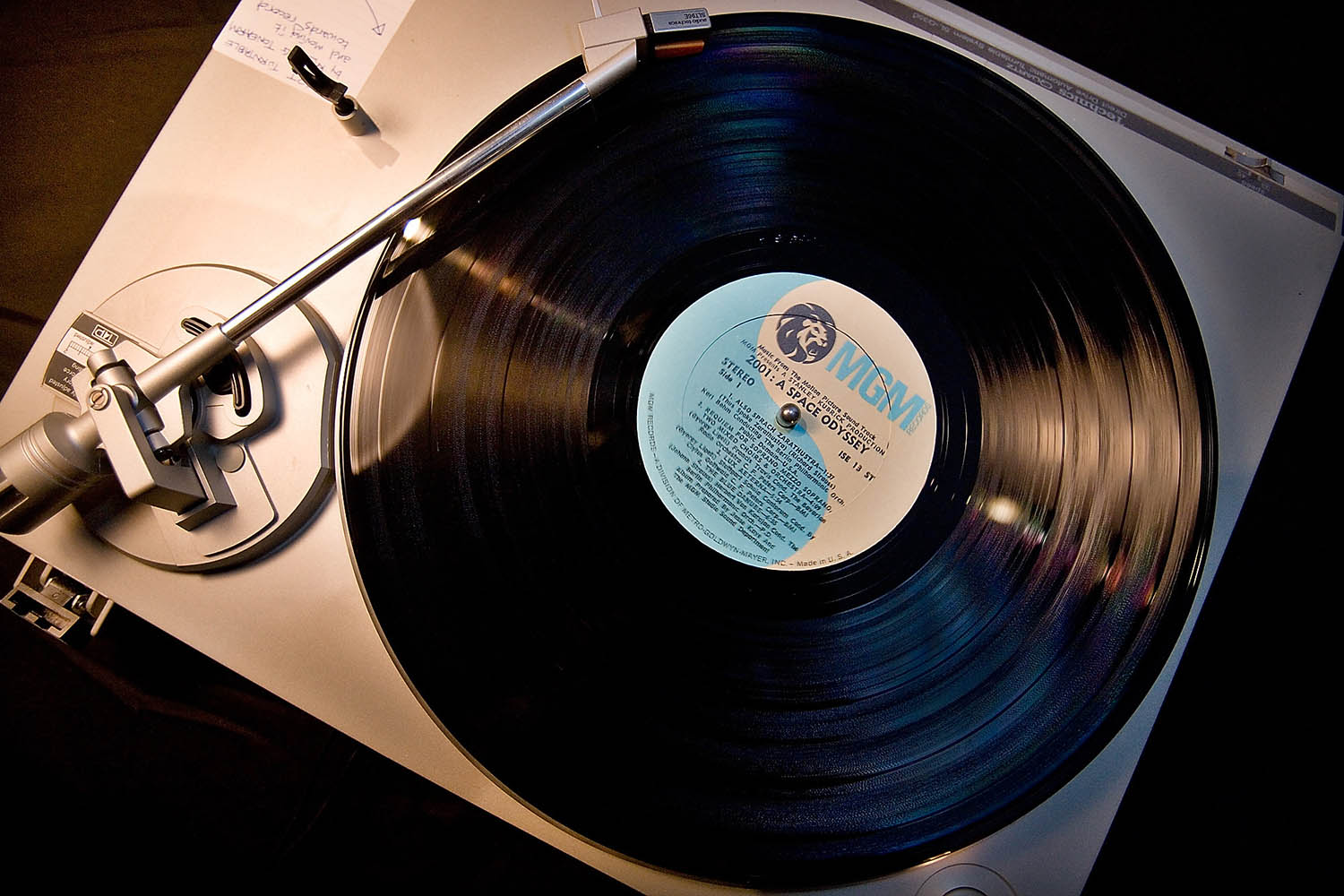Sometime back in the early 70s, when I was at primary school in Finchley, north London, my mother took me to a cinema in Muswell Hill to see Dougal and the Blue Cat, the feature length animation based on the popular TV series The Magic Roundabout. The film was an Anglo-French stop motion production which, like the TV show, had been directed in France by Serge Danot, and later dubbed into English by Eric Thompson (father of Emma), who largely made up his own dialogue.
It was a bizarre and occasionally nightmarish adventure about a cat named Buxton who plans to take over the Magic Garden and eliminate all colours except his own: blue. Part of the action took place in a deserted treacle factory that looked like something out of Robert Wiene’s 1920 horror classic The Cabinet of Dr Caligari – all angular expressionistic shapes and strangely theatrical forced perspectives. Here, Buxton had to prove his worth to the disembodied “Blue Voice” (played in fantastically fruity tones by the great Fenella Fielding) by facing his worst nightmares in the “Room of Dreams”, a hallucinatory collage of screaming faces and whispered threats accompanied by demonic howls of laughter.
The film was completely bonkers.
I absolutely loved it.
A few days later, my mum and I found ourselves in the local Woolworths store, which was selling a Music for Pleasure album of the soundtrack of Dougal and the Blue Cat for 99p. I pleaded with Mum to buy it for me and eventually she caved in and forked out the necessary pennies. Back at home, I was too young to be allowed to operate my dad’s treasured gramophone set, but he agreed to let me listen to the record on the massive “electrostatic” headphones that were his pride and joy.
What an experience it was! Almost the entire film was there in long-playing record form (although, admittedly, it wasn’t a very long film), with Eric Thompson’s narration leading the proceedings, interspersed with haunting musical numbers, composed by Joss Baselli and sung by Thompson himself. As soon as it was finished, I got my dad to start again from the beginning of side one, and I sat there in rapt attention, mesmerised by the idea of being able to hear a movie – to effectively rewatch it with my ears! Because, in those days before the arrival of video, the chance of being able to relive a movie at will seemed little short of astonishing.
What I didn’t realise at the time was that Dougal and the Blue Cat was not a typical soundtrack album, and that generally the music from a film was the only thing you’d get on such a disc. Yes, some soundtracks contained fragments of dialogue – something that would be popularised decades later,in the 90s, when Quentin Tarantino started to litter CDs of Reservoir Dogs (1992) and Pulp Fiction (1994) with quotable exchanges that sat between the jukebox pop hits. But for the most part, soundtrack albums consisted of orchestral scores or pop song compilations.
My first inkling that soundtracks weren’t literally “soundtracks” came when my local record shop put a copy of the LP of the 1973 film The Sting in their shop window. I was 10 when the film came out; I’d been to see the movie (which won the Oscar for B best P picture) at the Classic in Hendon with my sister, Annie. We both loved it, and after the viewing Annie bought a book of sheet music with many of the Scott Joplin piano rags that Marvin Hamlisch had arranged and adapted for the movie. Annie was a really good pianist, and within a matter of days she’d learned to play The Entertainer (which was effectively the film’s main theme) in pretty convincing fashion. Now she’d moved on to Pineapple Rag, which was also in the movie, although I couldn’t for the life of me remember which scene it accompanied, or introduced – something I found oddly frustrating.
The next time I was in the record shop I saw that soundtrack LP of The Sting hanging in the window and noticed that it had all the tunes from the movie listed on the back cover. I went up to the counter and asked a guy in a much-loved Yes T-shirt to play Pineapple Rag, which he did (again, this was a different age, when asking to hear a particular track from a record didn’t get you thrown out of the store – at least not immediately). He put the track on the record player behind him, and I stood there at the counter, listening to it intently.
When it finished, the Yes T-shirt man went to pick the needle off the disc, at which point I blurted out, “No, no, leave it, let it play on. I want to hear where it comes in the film.” He looked at me as if I were a fool. Which of course I was. I was expecting the dialogue to pick up at the end of the song, just like it did on the soundtrack LP of Dougal and the Blue Cat, when the tunes finished and the narration returned.
I looked baffled. “The words,” I said. “Where are they?”
Long pause.
“There are no words. It’s just the music. That’s what ‘soundtracks’ are.”
Just the music.
Huh?
At first, I was genuinely disappointed. I’d been saving up to buy a new long-playing record for a few months, and I thought that being able to listen to all of The Sting over and over again would be well worth £2.50, since I had really enjoyed the movie in the cinema. Yet, as I walked out of the store, shoulders dropped in shame at my ignorance, that phrase started to rattle around in my head: “Just the music.”
And it was then that it first occurred to me that maybe that was all you really needed. Maybe the music of a film could tell its own story. Maybe you didn’t need the words or sound effects after all.
Decades later, I found myself talking to the British film-maker Edgar Wright about his favourite soundtrack albums. I told him the story of Dougal and the Blue Cat and Edgar reminded me that in the early 80s there had been a tie-in “storybook” album for Steven Spielberg’s ET the Extra-Terrestrial (1982), with Michael Jackson narrating the film and breaking down in tears when E.T. ET appears to die. “You should probably give it a listen,” Wright told me. “But the album also includes the John Williams score. And to be honest with you, you really don’t need a narrator, even if it’s Michael Jackson. The music tells the story.”
The fact I started to understand after that encounter in the record shop finally seemed to make perfect sense.
I was sat there in rapt attention, mesmerised by being able to hear a movie
The first grown-up movie LP I owned was the music from Stanley Kubrick’s 2001: A Space Odyssey (1968). Or rather, it wasn’t the music from 2001, which had been issued on the MGM label in the year of the film’s release. Instead, it was a Decca recording of Richard Strauss’s Also Sprach Zarathustra. Kubrick’s movie famously begins with the opening movement of the Strauss, but after those opening few moments, with their ascending horns and booming timpani, Strauss and Kubrick go their separate ways, with the director cherry-picking tracks by György Ligeti and Aram Khachaturian, giving a wide berth to the music that filled up the remaining two sides of the LP of which I was now the proud owner.
The reason I had the “wrong” LP was simple. I had asked my parents if they could get me the music from 2001 after I had been to see a rerelease screening of the film. The problem was that my dad, who was something of a music buff, knew what the music from 2001 was actually called. So when he went to the record store to purchase the disc, he didn’t say, “I’d like an LP of the music from 2001, please,” but rather, “I’d like an LP of Richard Strauss’s Also Sprach Zarathustra, please.” Which is exactly what he got.
Strangely, I didn’t initially realise that only a couple of minutes of the music on that LP actually featured in the film I had watched. Indeed, as I sat there reading Arthur C Clarke’s book of 2001 with Dad’s gigantic electrostatic headphones threatening to break my neck with their weight, I convinced myself that Also Sprach Zarathustra in its entirety was featured in Kubrick’s film. To this day, I can’t hear any movement of that whomping great tone poem without being transported into outer space, so inexorably were the words of Clarke’s book, the images from Kubrick’s film (which featured on the book’s jacket) and the music of Richard Strauss welded together in my confused young head. Indeed, when I finally came across a copy of the real MGM 2001 soundtrack album, complete with sleeve notes explaining where the different pieces of music came from, I read them and thought, “Well, that’s not right…”
If two minutes of music from 2001 had given me the movie soundtrack bug (albeit misguidedly), then my next acquisition sealed the deal: the MCA LP of the music from Silent Running. When I first saw the movie, I found it a genuinely heartbreaking experience – a tale of lonely space travel with an unforgettably tear-jerking finale that didn’t so much pluck at the heartstrings as snap them in two. The score was by Peter Schickele, who had achieved fame as the musical satirist PDQ Bach, a fictional figure who was claimed to be the “youngest and oddest” of Johann Sebastian Bach’s children. When I was writing my BFI Modern Classics volume on Silent Running decades later, the film’s director, Douglas Trumbull confessed to me that he had first come across Schickele’s name on the back cover of a Joan Baez album, on which Schickele was an orchestrator and arranger. He had asked Schickele to compose the music for his film largely because he figured it might be a way of getting Baez to agree to record a song for the movie. Which she did – two songs, in fact: the folksy Silent Running and the sublimely mournful Rejoice in the Sun, the latter of which remains my favourite movie soundtrack song.
Both songs featured on the soundtrack album, along with Schickele’s brilliantly evocative score. I played that album to death, listening to it over and over again, gazing at the poster image on the front cover of the LP and the black and white stills on the back, reliving the movie in my head as the record worked its musical magic. From the majestic pomp of The Space Fleet to the haunting strains of The Dying Forest and the low-key melancholia of Tending to Huey, every note conjured a picture – a moving picture. Here was the key to being able to rewatch a film whenever you wanted – a musical gateway into a world of movies that stirred the visual imagination as it surrounded you with sound.
It was heaven.
It was also strangely instructional. Once I’d discovered that it was possible to own and listen to the music from a movie, I started to watch films in a different way.
This is an edited extract from Surround Sound: The Stories of Movie Music by Mark Kermode and Jenny Nelson, published on 11 September by Picador (£18.99). Order a copy from observershop.co.uk for £16.14. Delivery charges may apply
Now hear this… Six of Mark Kermode’s favourite soundtracks
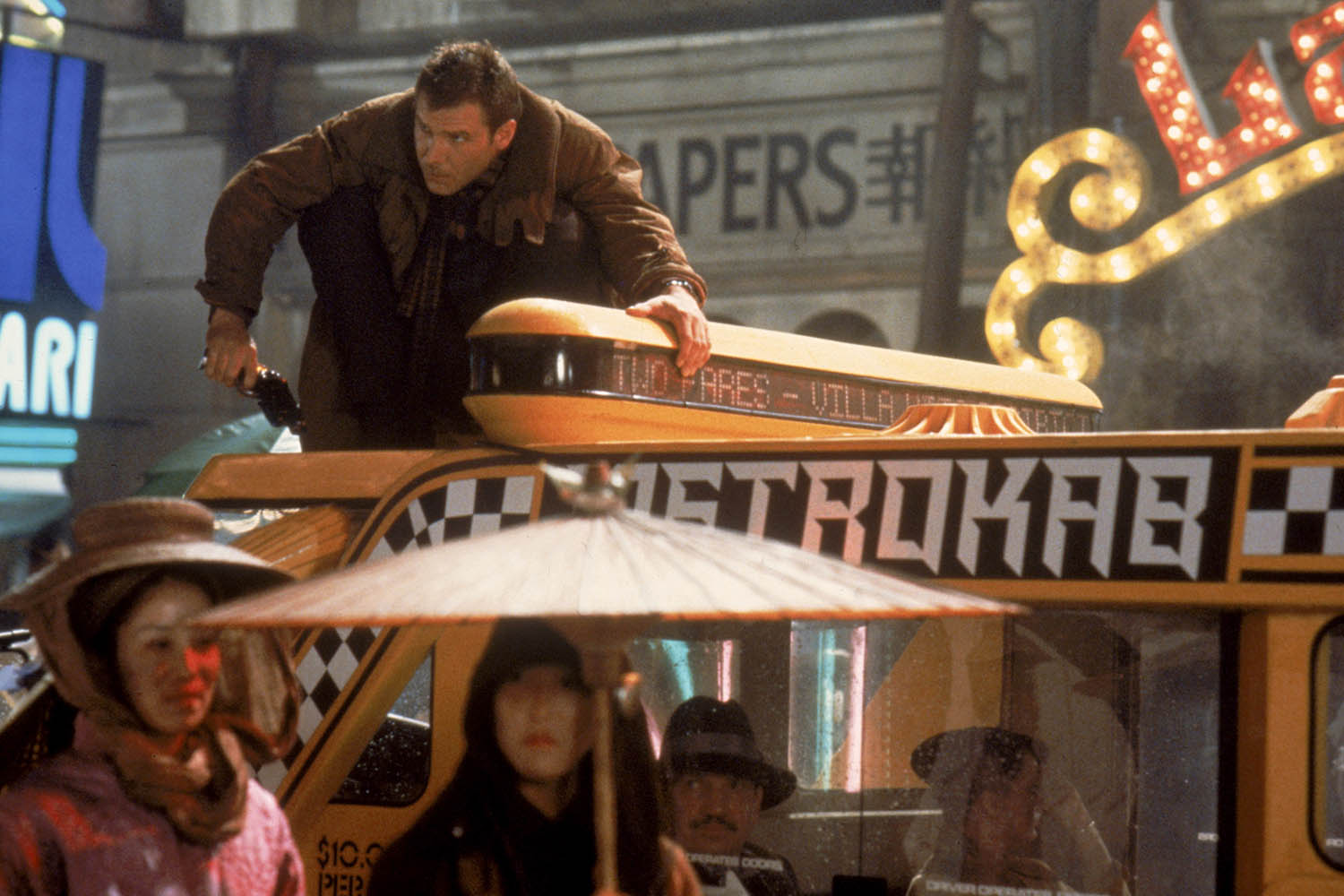
Blade Runner
One of my co-author Jenny Nelson’s all-time favourites, Vangelis’s expansive electro-led score for Ridley Scott’s era-defining dystopian fantasy really helps to create the retro-future-noir world of the 1982 film. Weaving in and out of the action, it plays with notions of artificial memories, manufactured romance, and star-gazing amazement.
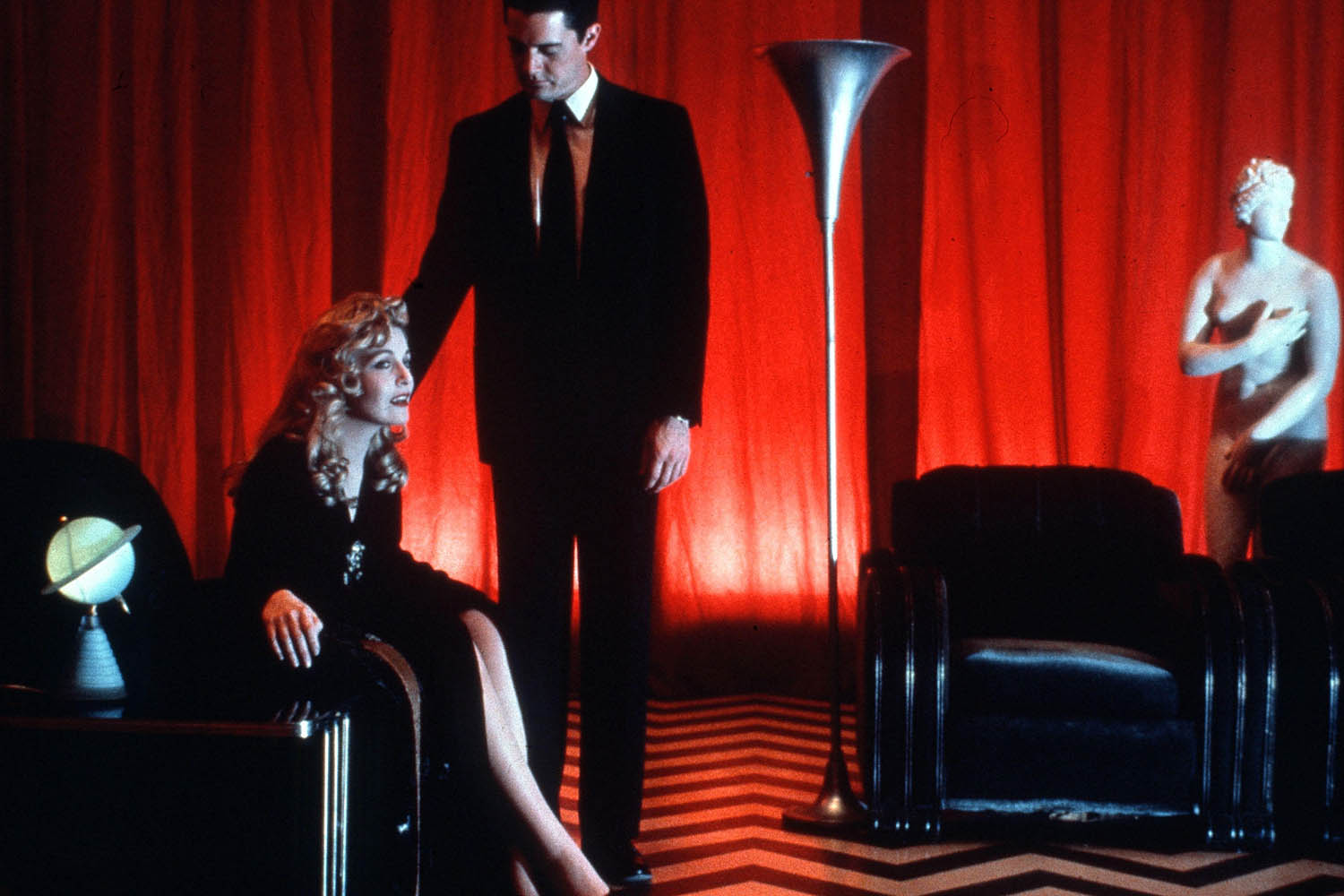
Twin Peaks: Fire Walk With Me
Nothing encapsulates the dualities of David Lynch’s dreamy worlds like the suspended chords of Angelo Badalamenti. Lynch loved Badalamenti using “two notes buzzing against each other” to create an implied third note in-between. Critics crucified Fire Walk With Me in 1992, but their derision couldn’t kill the score – or the movie.
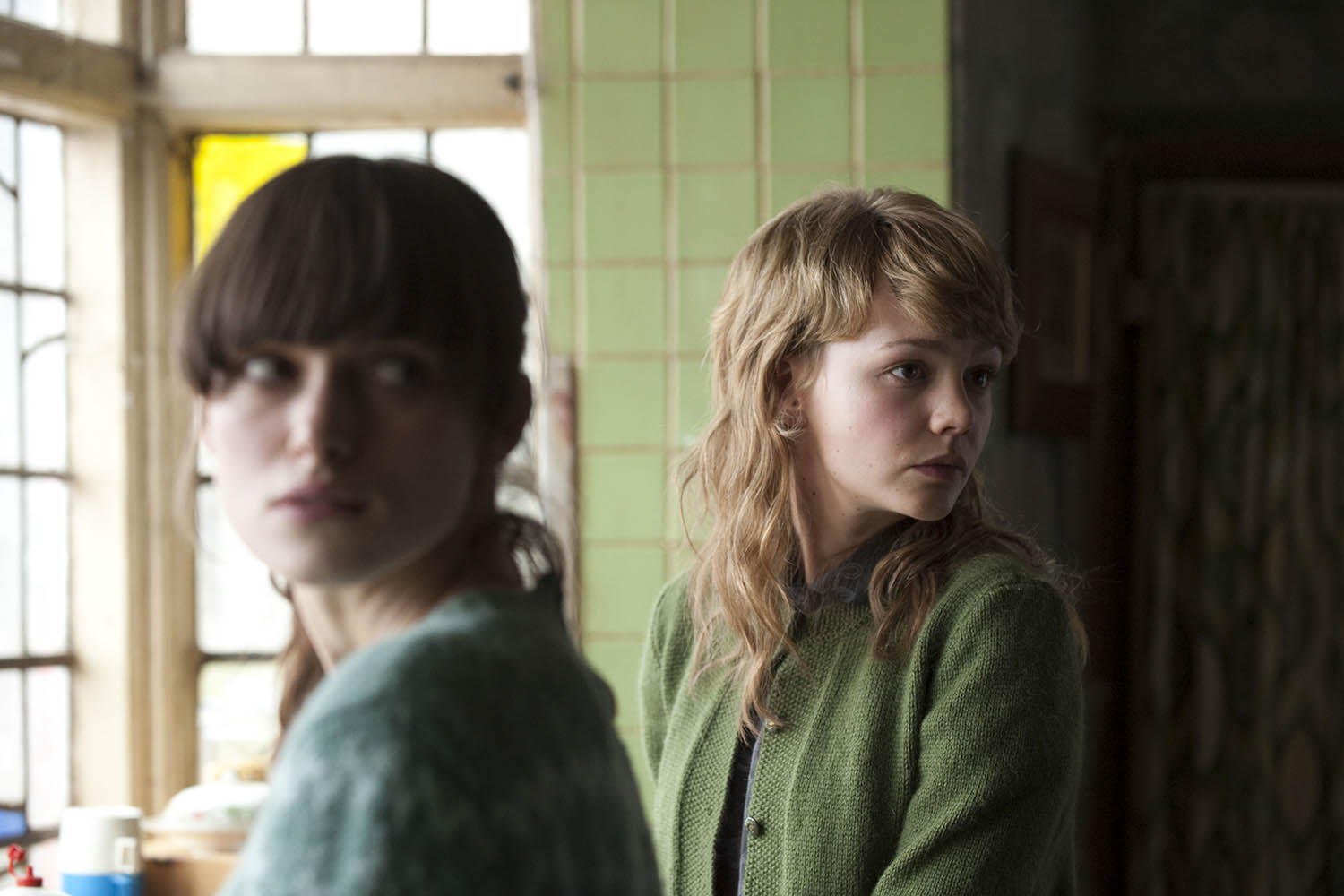
Never Let Me Go
This 2010 screen adaptation of Kazuo Ishiguro’s novel struggled to find an audience, but hit the right note with composer Rachel Portman’s melancholy score. Steering clear of science-fiction sounds, Portman’s music finds the emotional heart of the drama. The perfect accompaniment to an underrated gem, which has become a standalone favourite.
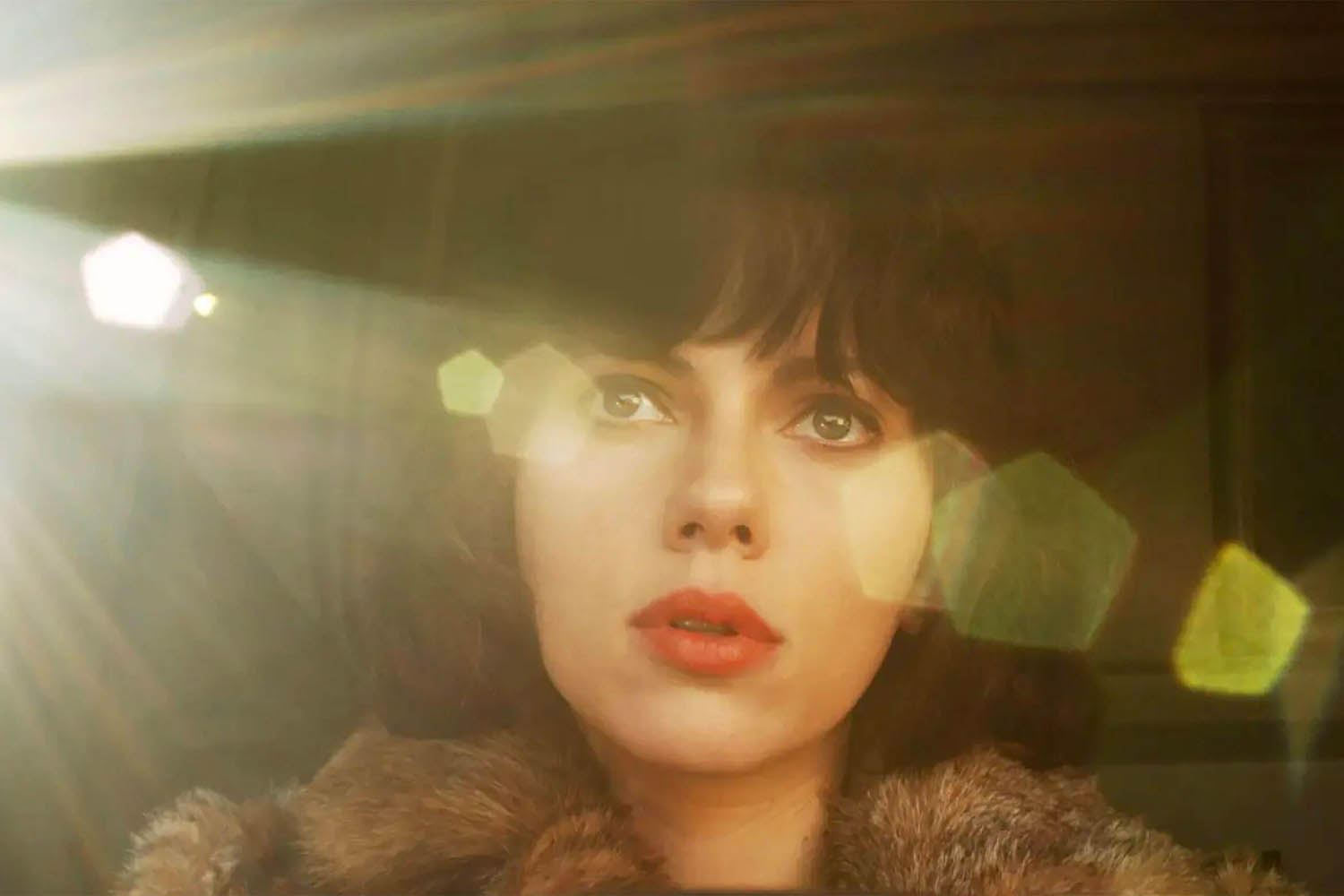
Under the Skin
Who but the extraordinary Mica Levi could combine out-of-this-world fantasy and down-to-earth alienation so deftly? Jonathan Glazer’s 2013 adaptation of Michel Faber’s novel features eye-popping visuals and a revelatory performance by Scarlett Johansson, but it’s Levi’s experimental music that makes this “woman who fell to Earth” story strike a weirdly familiar chord.

Eighth Grade
For this superb 2018 teen-trauma tale, writer/director Bo Burnham wanted a composer with a classical acoustic background who had turned to electronica, and whose music contained a “certain warmth”. He found his perfect collaborator in Scottish ground-breaker Anna Meredith – a one-of-a-kind talent, and one of my favourite contemporary composers.
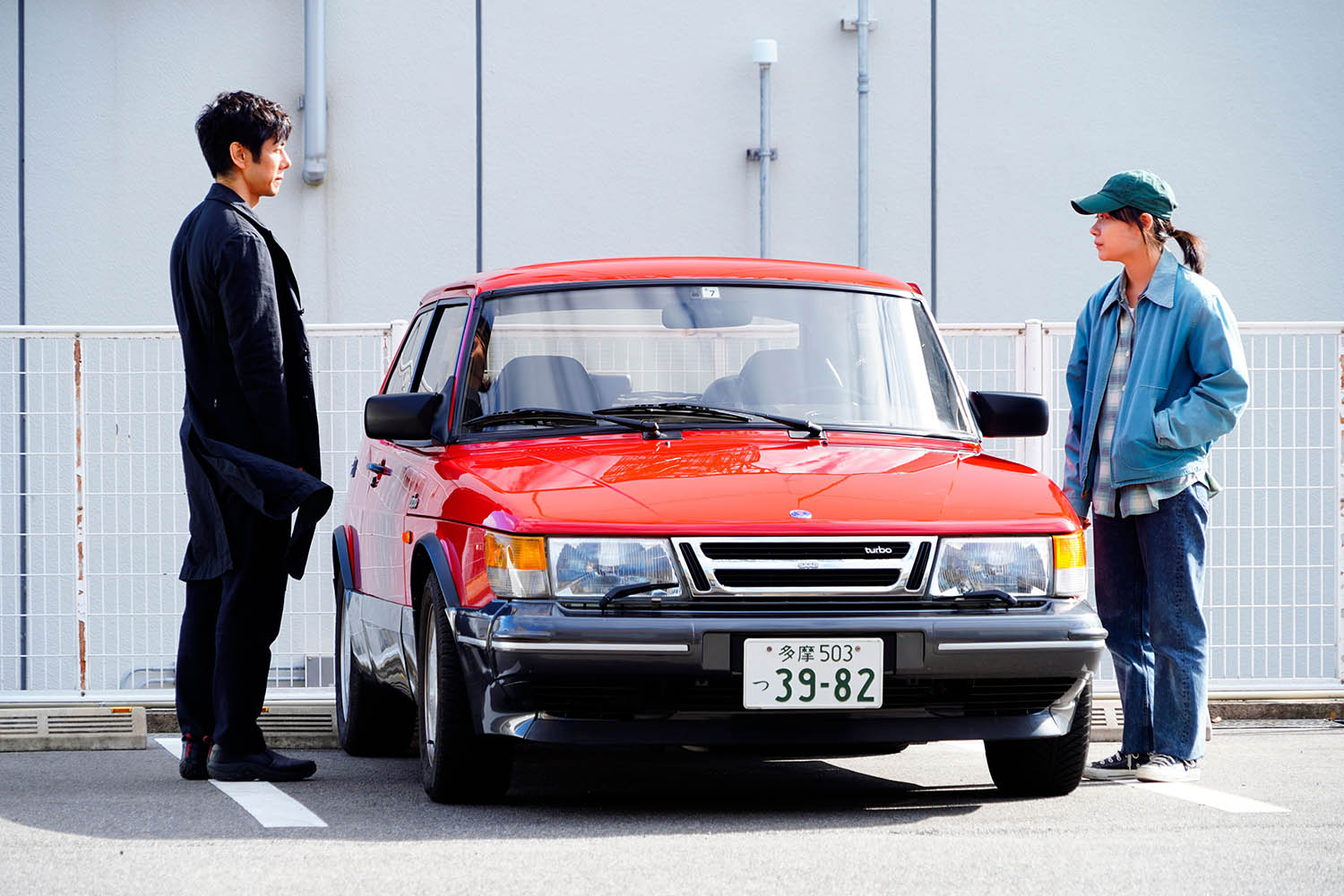
Drive My Car
Eiko Ishibashi’s brilliant score for this acclaimed Japanese drama garnered precious little attention on the film’s release in 2021, but it was one of the best of the year. Download the soundtrack and I guarantee you’ll be listening to it on repeat – an intoxicating blend of jazzy ambience melded with something utterly heartbreaking.
Photographs by AP Photo, Getty Images
